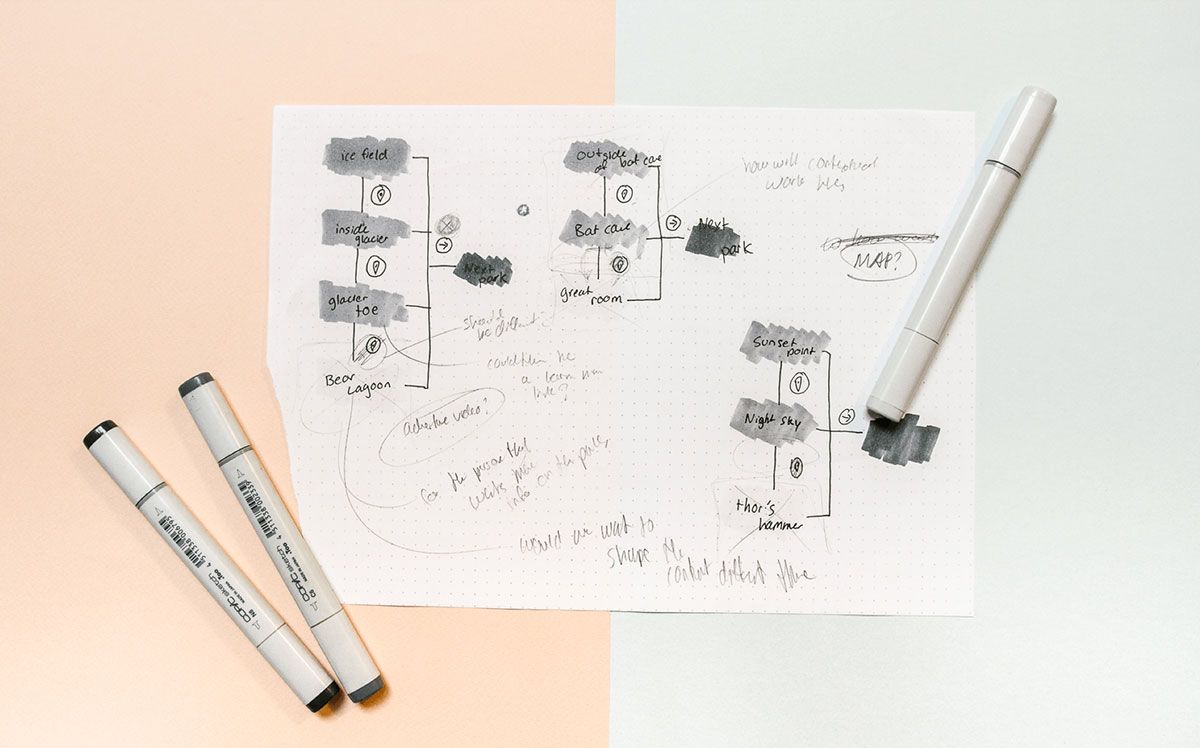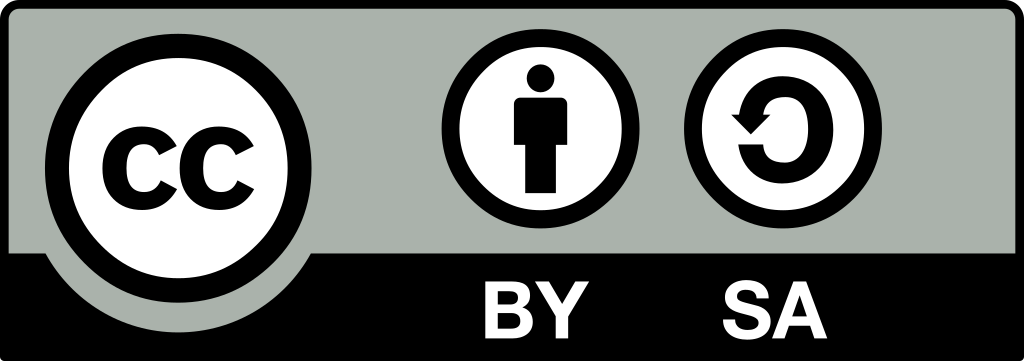Writing case studies might be the most dreaded part of building a design portfolio. After all the work and time it takes to curate projects, design pages, save images, etc., who wants to sit down and EXPLAIN it all? But next to your About page, case studies are the most important part of your portfolio.
Aside from showing your experience and skill, case studies give your potential client or employer an idea of how you work and think. Case studies are the whole point of building a portfolio. Especially with more complex work such as UX design, a case study is a must to explain your work. Of course, your case study approach depends on your style and goals, but I generally recommend these rules when creating your project pages.
1. Write down your case studies before you do almost anything else
I know this is not as fun as designing your website but like most things in life, it helps to get the hardest task out of the way first. Near the end of the project you will just want to press that launch button, so anything you write at that time will be rushed and lazy. Or even worse, you will hit a wall and procrastinate launching the whole thing.
Write about your projects as early as you can, even if you have to adjust the copy slightly later to fit your final page layout. I usually just put all my thoughts in Evernote or a Google Doc. Think of your project in phases and start with Phase 1, which is usually the ideation or exploration phase.
Write down your thoughts, and then continue to Phase 2. Don’t bother with images just yet, this is just for you to help you get it all down.
If inspiration strikes otherwise, so be it. But in most cases, you will thank yourself later by doing this first.
2. Keep it brief & caption everything
People are usually scanning your projects to get a general idea of your skills and the way you work. Don’t write a novel, just share a short paragraph or two that makes your project interesting and relatable to your reader.
I’ve read research that says one of the first things people read in a newspaper is the little captions underneath the images. Think of your case study the same way. If someone scrolls through your case study and only reads the little 1-2 sentence captions, they should still understand your project. Focus on the captions first, and then fill in any lengthier content.

3. Include the right details
It all depends on your personal style and you don’t need to literally copy/paste this format, but your case study should loosely follow this outline or provide this information:
Name of client, what they do & their location: Give your reader context and write a quick sentence about what this project or product is all about. This will show your experience and interest in specific types of clients or design work. Naming the location will also help if you want to make it clear you work with clients all over, as opposed to just your hometown.
Goal for the project: What did the client ask you to do? What was the briefing? What was the main challenge and measure of success? Did you have a certain idea or expectation for the project when you began?
Your experience: Anything interesting to share about your process for this project? Did you take a unique angle or notice some surprising insight? Do you have some early sketches we can see? Why did you choose that approach? Ask yourself WHY WHY WHY a thousand times, and then answer those questions.
The outcome: Did you feel proud of the result? Did it exceed your expectations? Did it increase the client’s sales by 2000%? Don’t get too technical or share some crazy analytics report (and definitely do not make anything up), just include a brief sentence or two that shares how the project was successful.
A case study should ideally be a success story. If it’s not, tell us why the project is still valuable or meaningful (maybe the client didn’t choose your favorite concept for example, but you still love the work you did) and what you learned from it.
Again, it doesn’t need to be some stiff, clinical report. Just set everything up for the reader so they can fully appreciate what went into the project and how you approach your work.
4. Give credit & explain your role
This is especially important if it is a team project. If I just see a list of names without their roles, I might be a little suspicious about what you did on this project. But whether or not this was a team project, it’s helpful for us to understand what role you played.
This could be as simple as listing “art direction & design” beside the project summary. Forgetting this detail is crucial and can mean the difference between getting hired or not.
“We should finish reading with a sense of your personality and design process.”
5. Write in your voice
You and your client might know what they mean, but acronyms and buzzwords only distance your reader. Don’t try to impress with lofty language, just share your work in your own voice and be as clear as possible. We should finish reading with a sense of your personality and design process.
Whatever you do, don’t just copy/paste words about your client’s product from their website. The shift in voice will be obvious and will only make you seem lazy.
6. Don’t image dump
I’ve seen countless portfolios that either don’t include a case study at all or just have one sentence with a bunch of photos below for the reader to sort out on their own. That doesn’t sell your work the way it deserves. (Plus no copy = bad SEO, if you care about that.)
Consider a layout that lets you include a sentence or two beside each image, so you can explain your process and give us insight into what we’re seeing. Your potential employer or client needs context. We need to understand who you are, how you work, and how you might contribute to our team/culture.
7. Think of each case study as a magazine feature
This goes for your content and layout. Using a similar page template for your case studies is fine, but you should at least adjust it to fit the project and look of the work.
Think of the way magazine articles are laid out. They’re designed to fully immerse you in the piece and create an experience. They include photos at specific places to illustrate a point or bring a scene to life. They break up paragraphs with photos, but take care to not disrupt your reading experience. Every project is different and your case studies should be too.
I could go on and on, but when it comes down to it, no one-size-fits-all solution works for case studies. It all depends on you, your project, your style, and the kind of work you do. It’s one person hiring you for the job after all – and often that person is a recruiter or someone who’s not necessarily a designer like you. Design your portfolio and write your case studies with your reader in mind, and you’ll be one step closer to doing the work you want to do.








